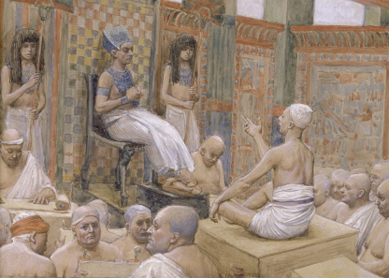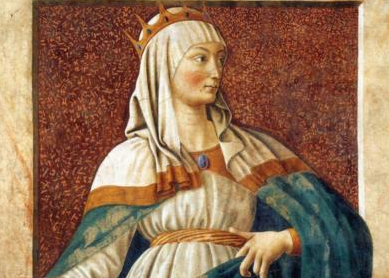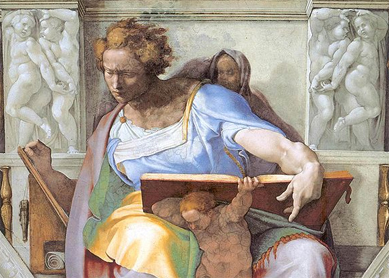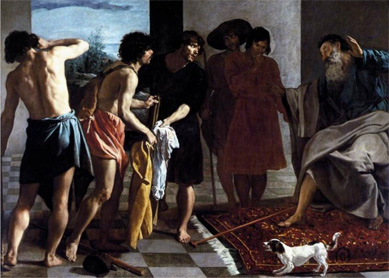The Joseph story in Gen 37-50, Esther, and Dan 1-6 all depict dramatic events set in the highest courts of the ancient Near Eastern empires. The court of the great kings—Egyptian, Assyrian, Babylonian, Persian—was an irresistible setting for entertaining tales of wise heroes who negotiated its treacherous halls. Ezra and Nehemiah show intimate familiarity with the Persian court, but whether the authors of these entertaining tales had any direct knowledge of the highest courts is unknown. Were the stories historical, or did they serve as entertaining lessons for maintaining loyalty to God in a land ruled by others?
The Joseph story, Esther, and Dan 1-6 may have been only the tip of the iceberg of court narratives. In the Apocrypha (books included in the Catholic and Orthodox Christian Old Testaments but not in the Jewish and Protestant Bibles), the court tale of Bel and the Dragon is added to Daniel, and Susanna is a court tale set in the local court of the Jewish community in Babylon. The book of Tobit begins as a court narrative as well, although it quickly moves to a family novella. In addition, among the Dead Sea Scrolls at Qumran were found the Prayer of Nabonidus and Tales of the Persian Court. The former, concerning an unnamed Jewish exorcist, is similar to Dan 1-6, and the latter, about a Jewish courtier Bagosro, is similar to Esther.
Jews were not the only people interested in this narrative format, and indeed, the court narrative appears to be one of the most prolific ancient genres. There were Egyptian examples, and the international story of the famous Aramean sage Ahikar was found in a Jewish military colony in Egypt. The Greek historians Herodotus, Xenophon, and Ctesias collected Persian stories of wise courtiers, their rise, and their fall, and later Persian court narratives about Zoroaster and others are found in the Persian Shahnameh, or Epic of the Kings. Even the Magi in
What, then, was the message of the court tales?
Although the court tales are generally very enjoyable, even humorous or satirical (one may read Esther,
In addition, since the Persian, Greek, and Roman empires ruled as “world empires,” with a strong message of universalism, the Jewish court narratives emphasized the need to maintain a distinctive identity in a universalizing culture. And finally, the tales conclude with a positive view of the reigning monarchs: Jews can successfully work within the larger empires.





